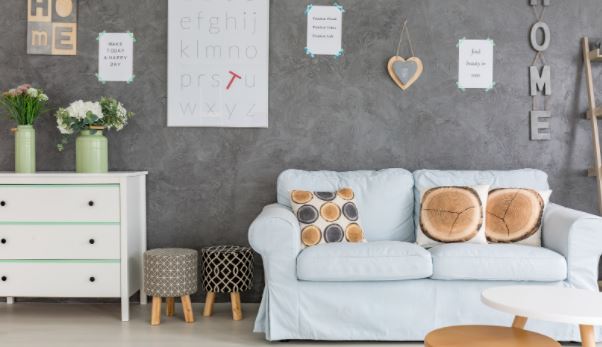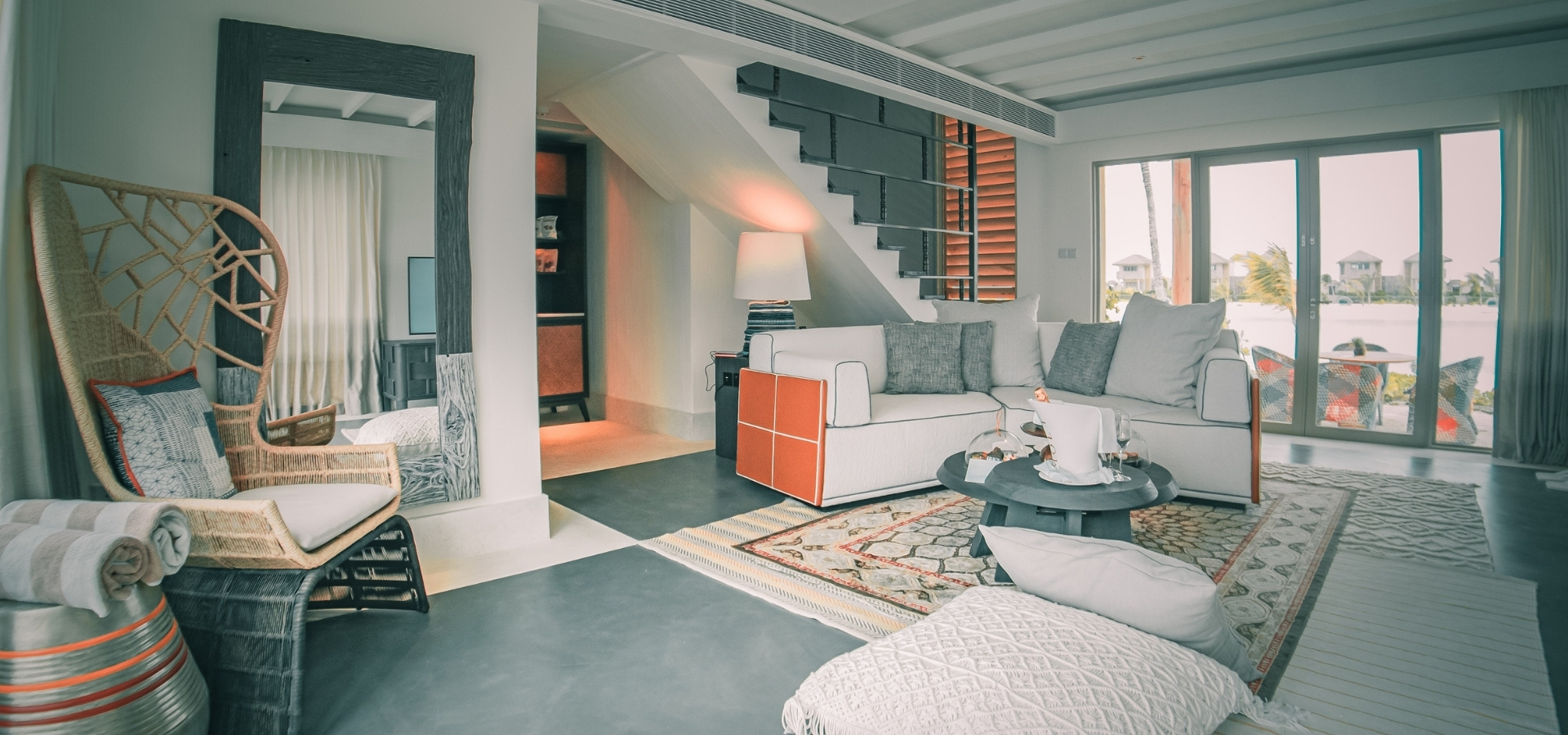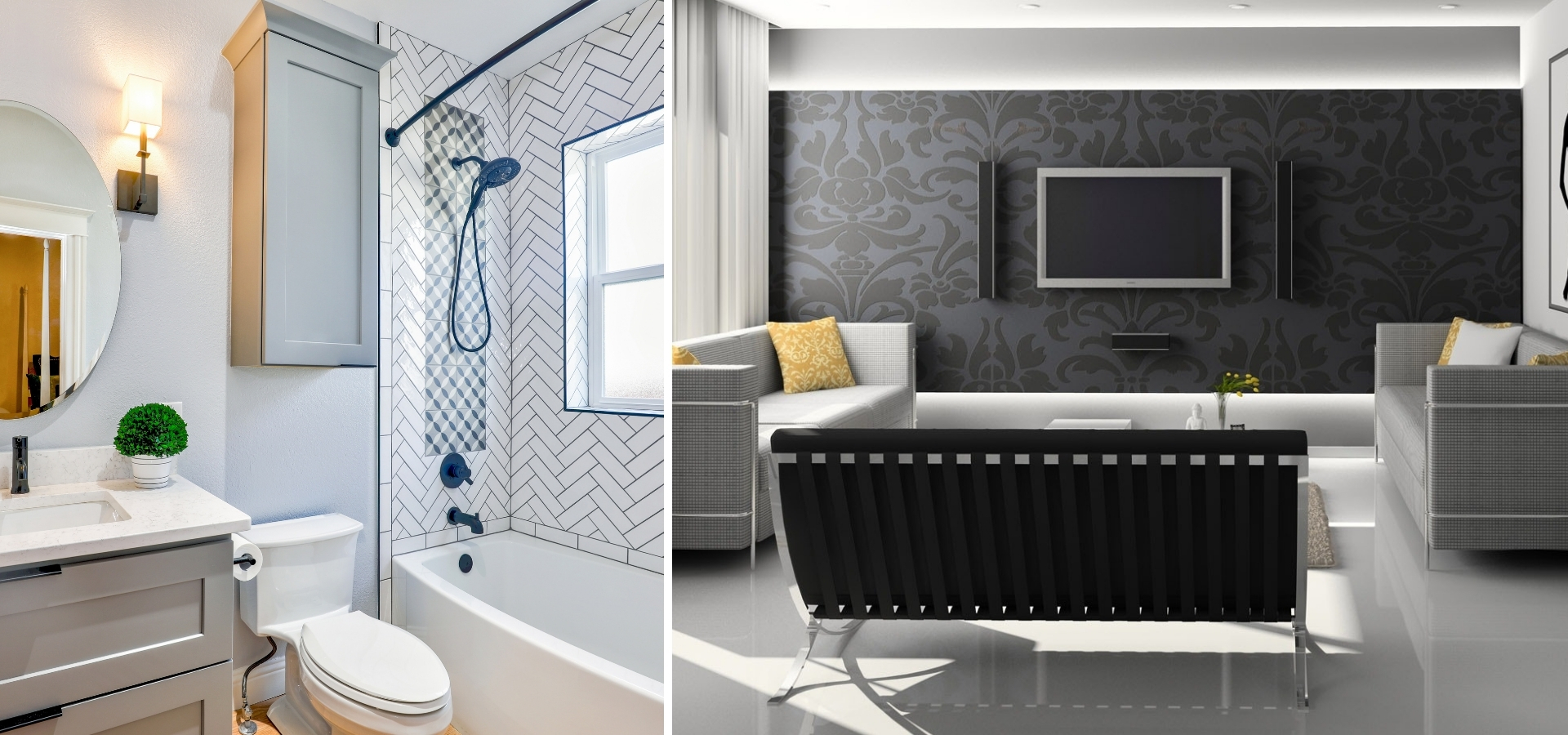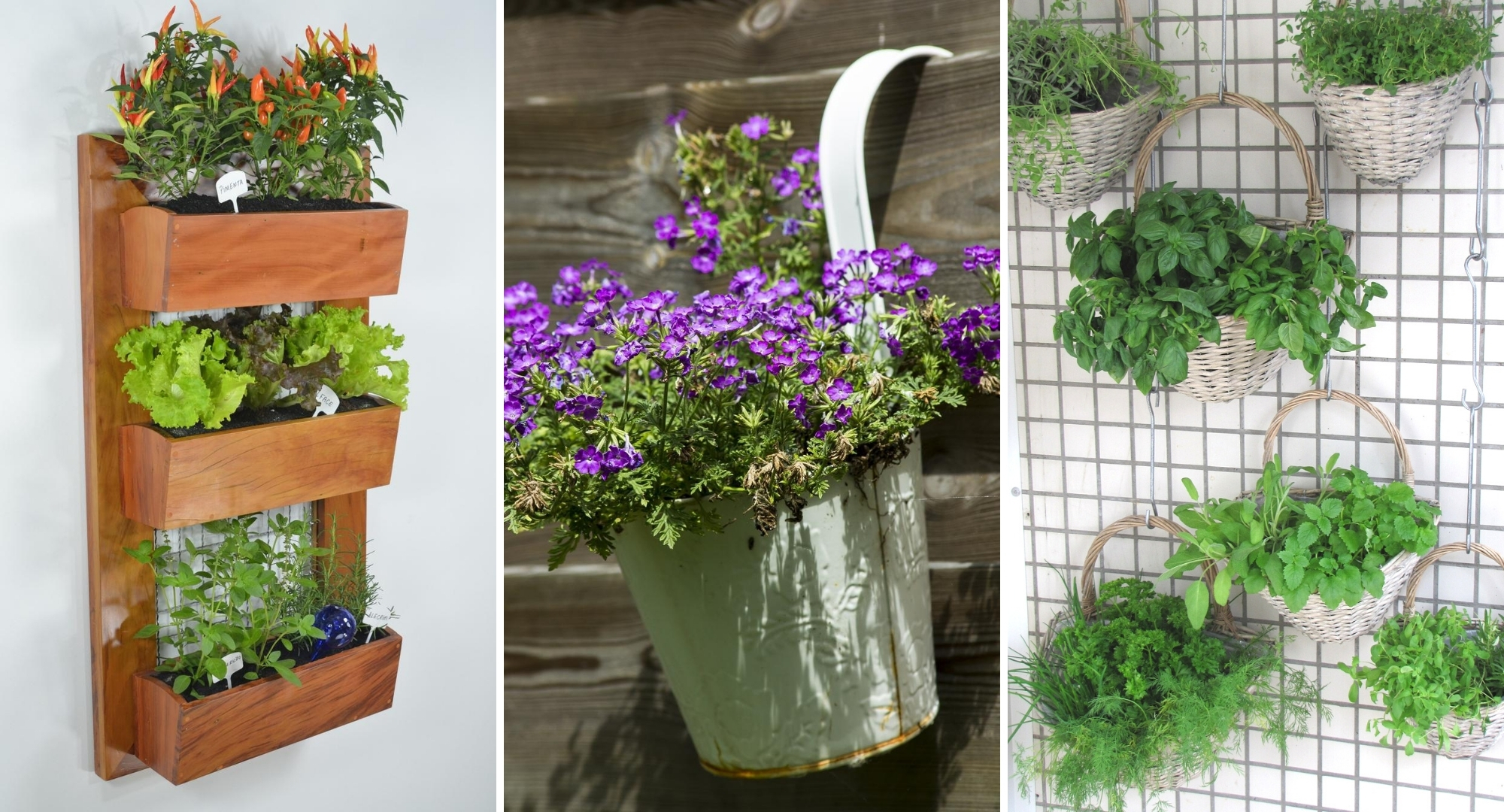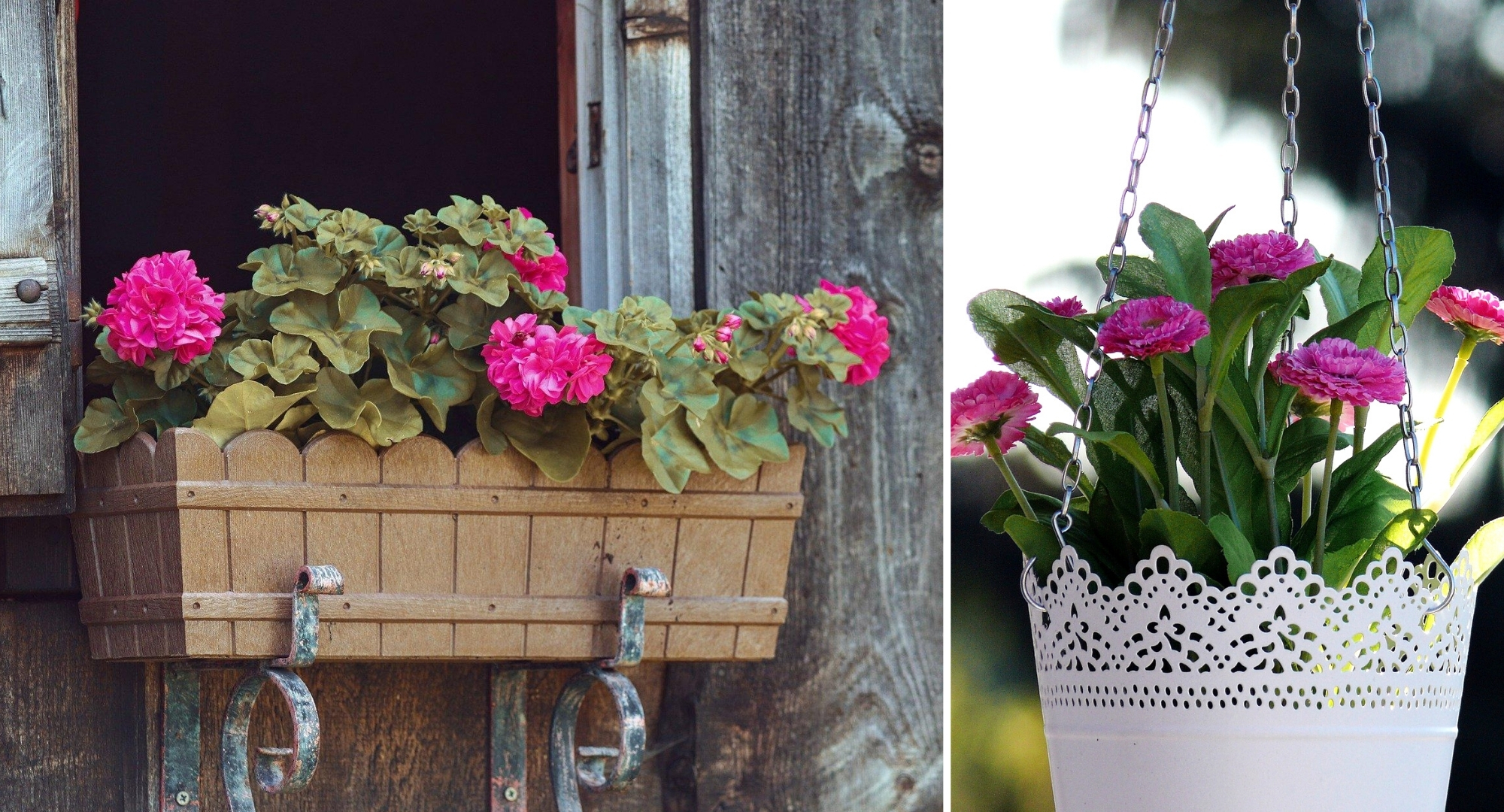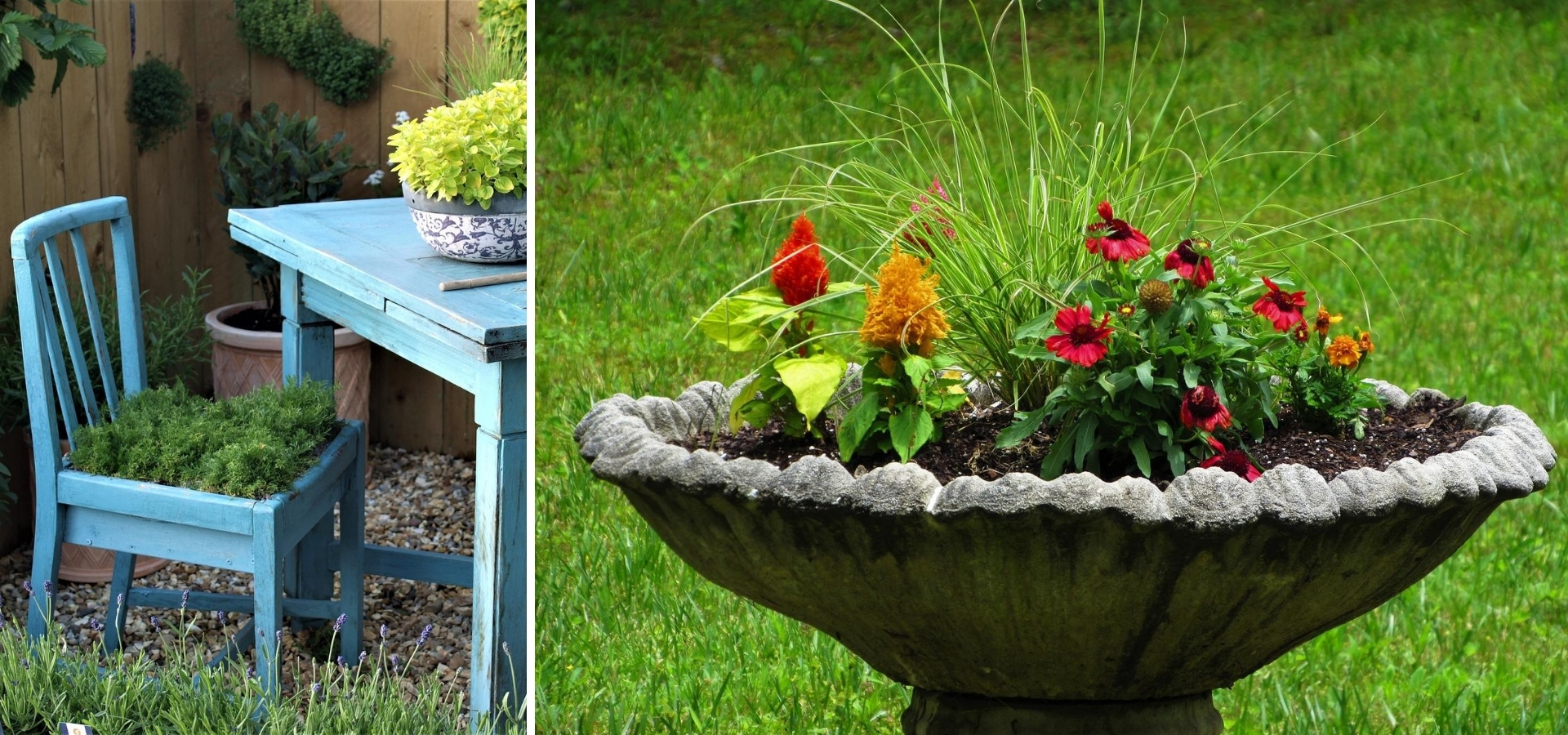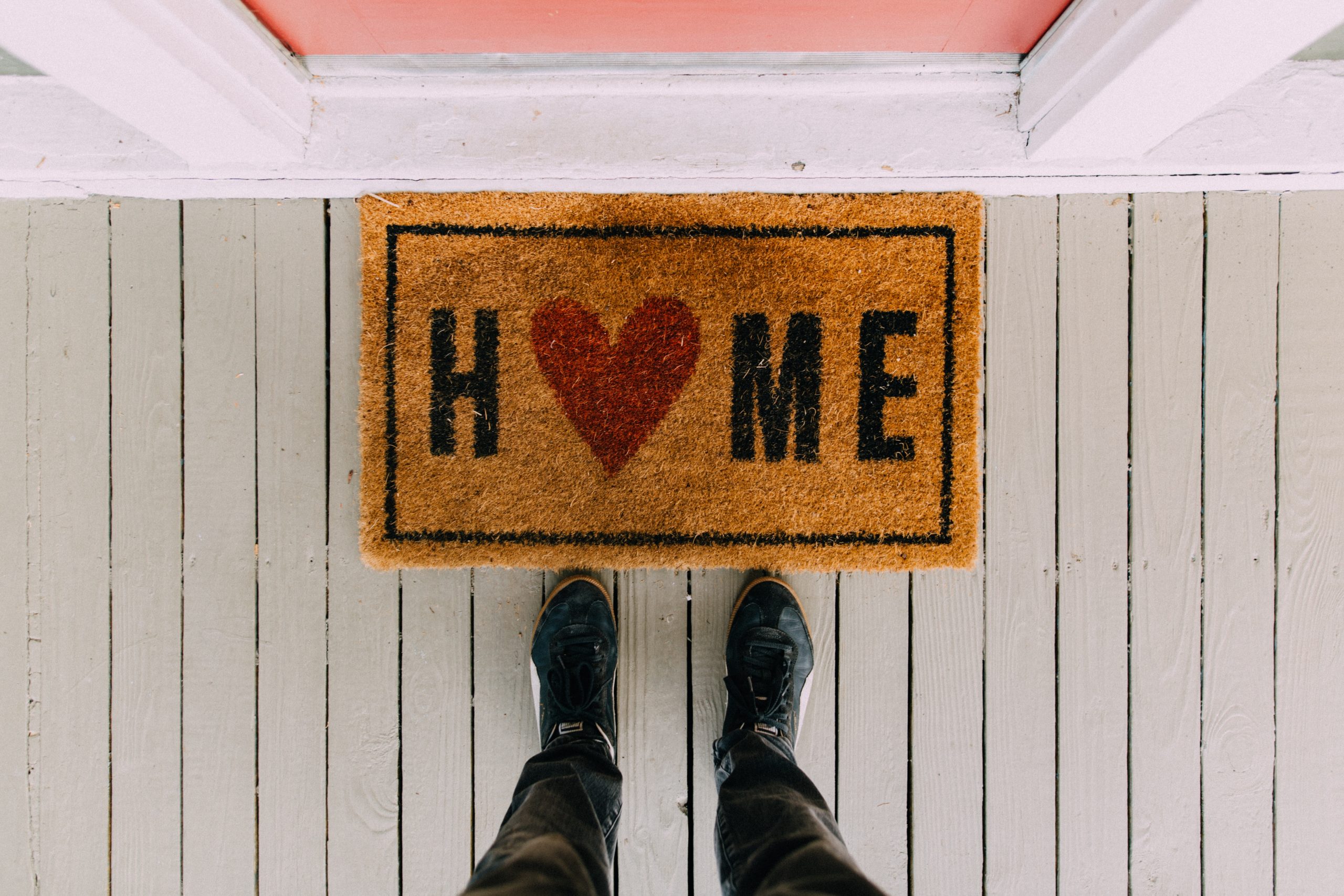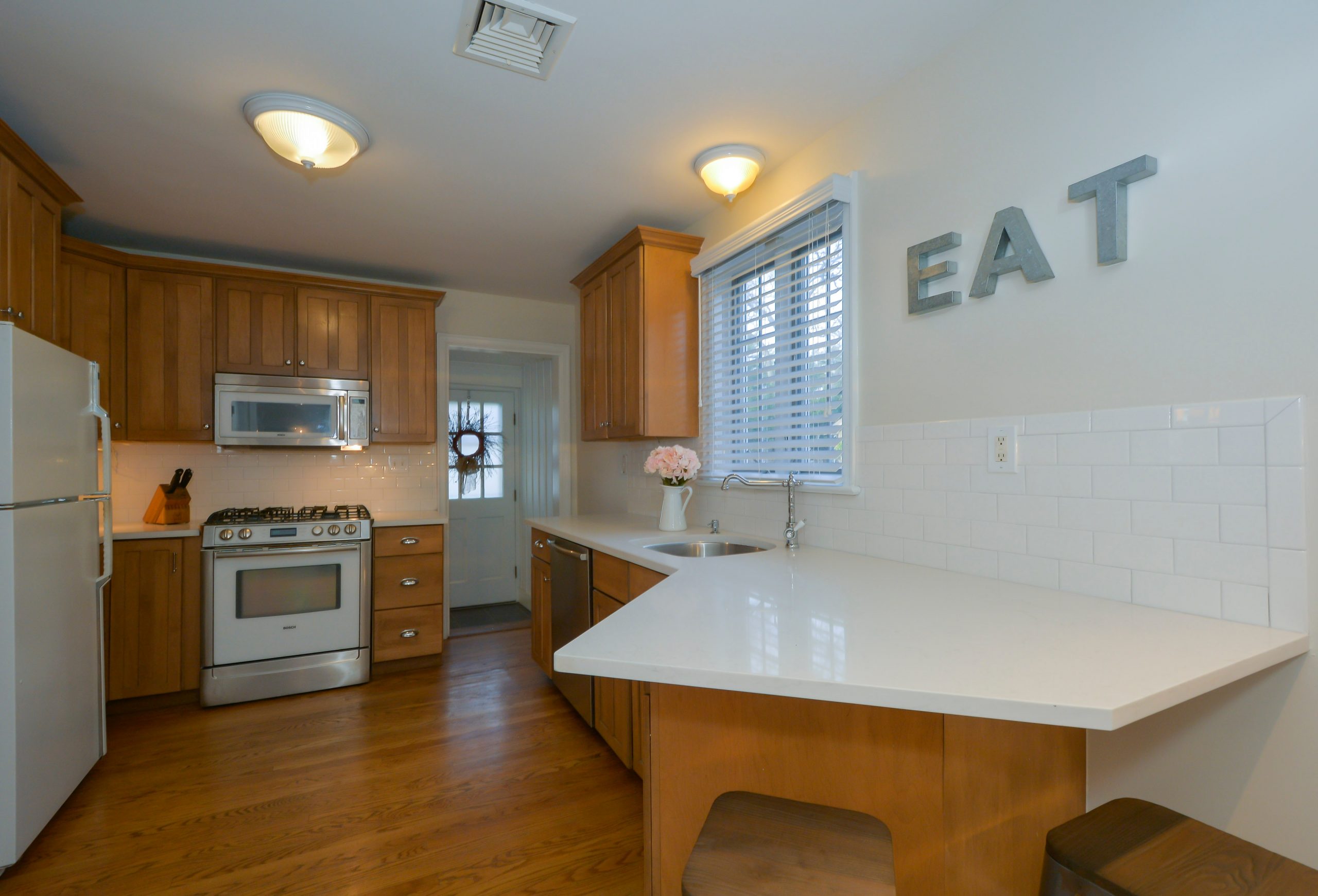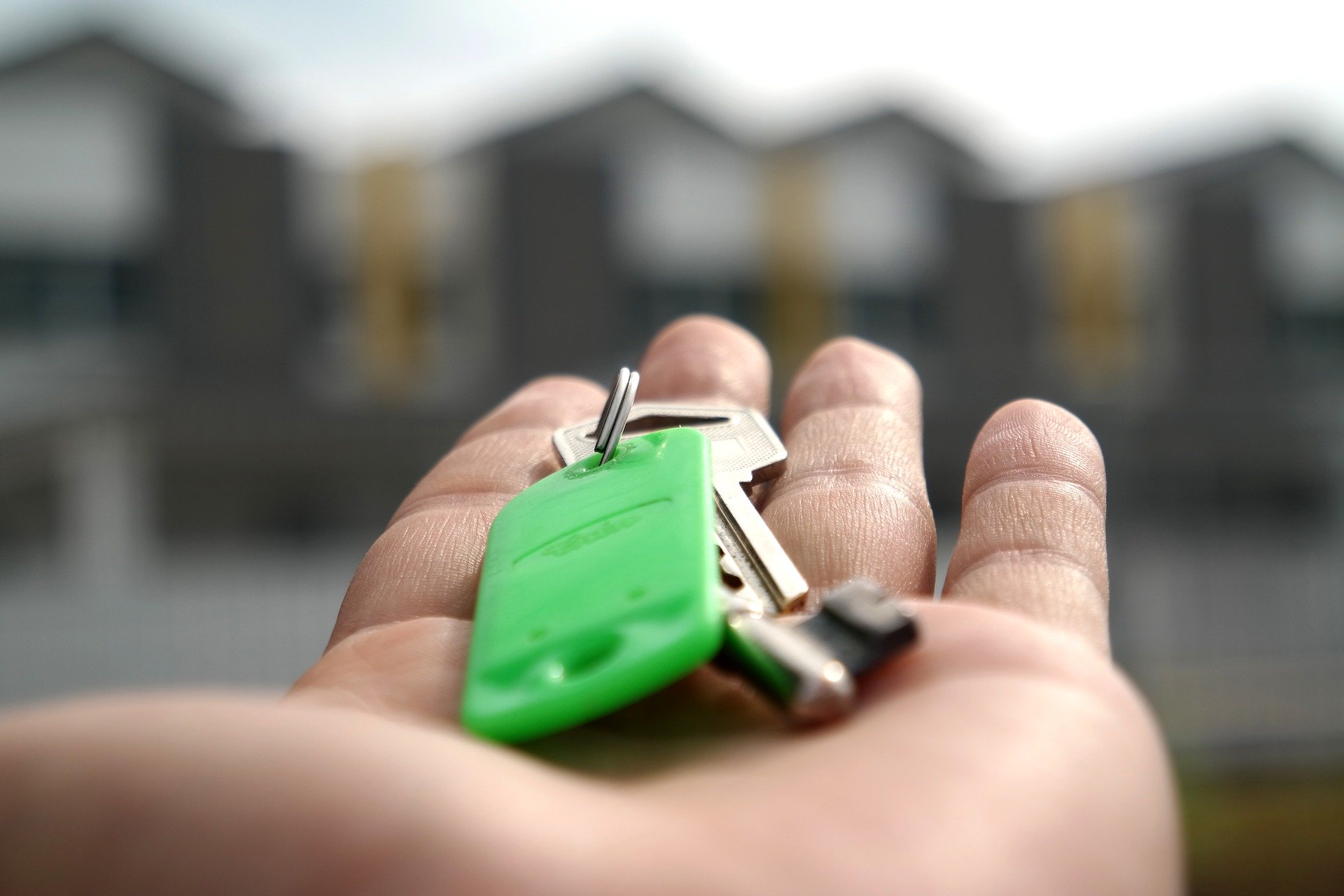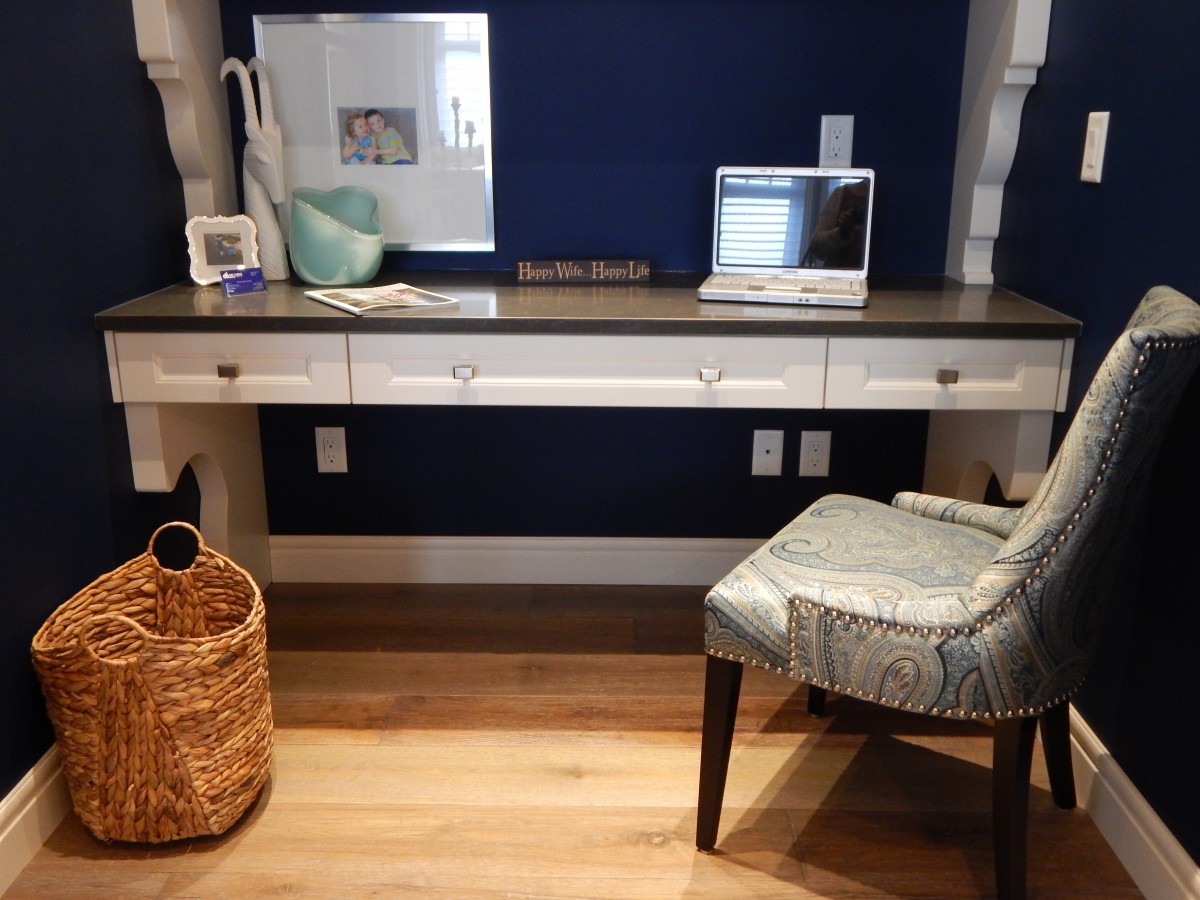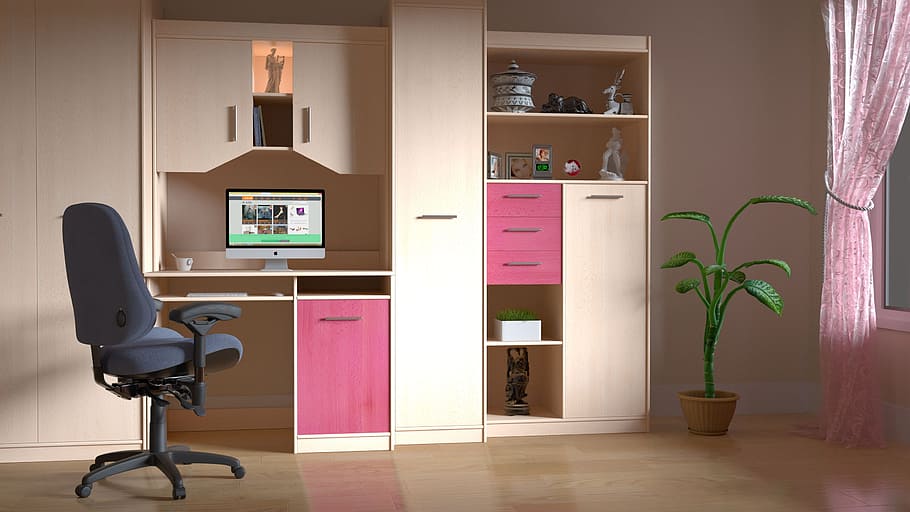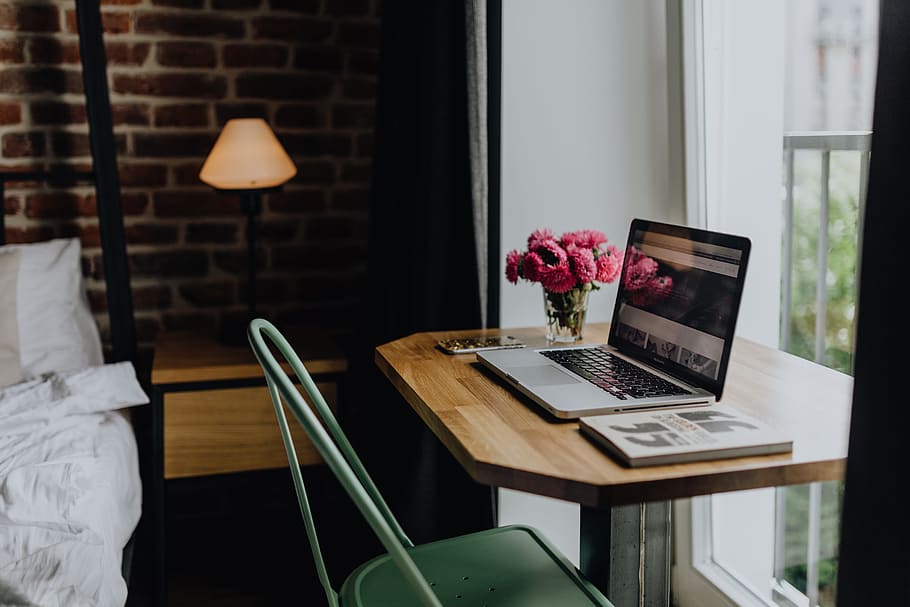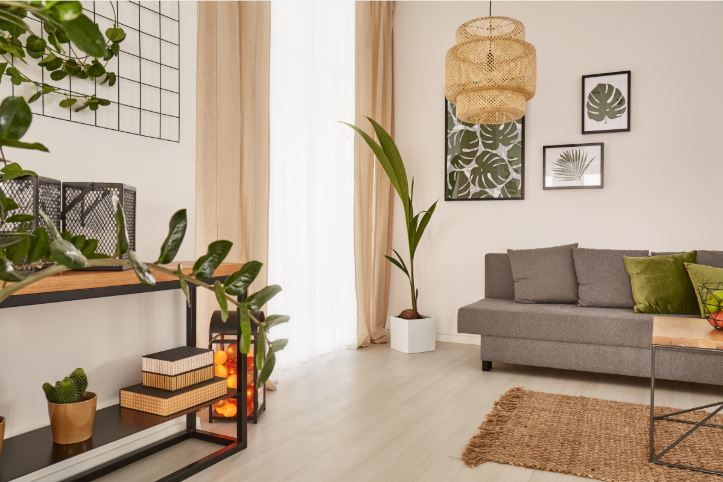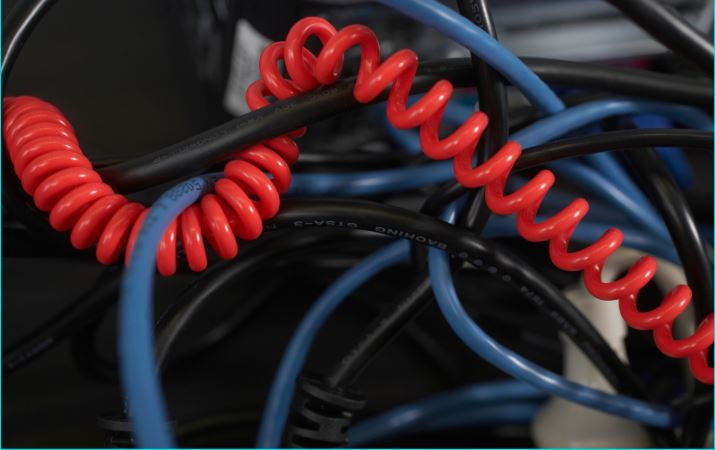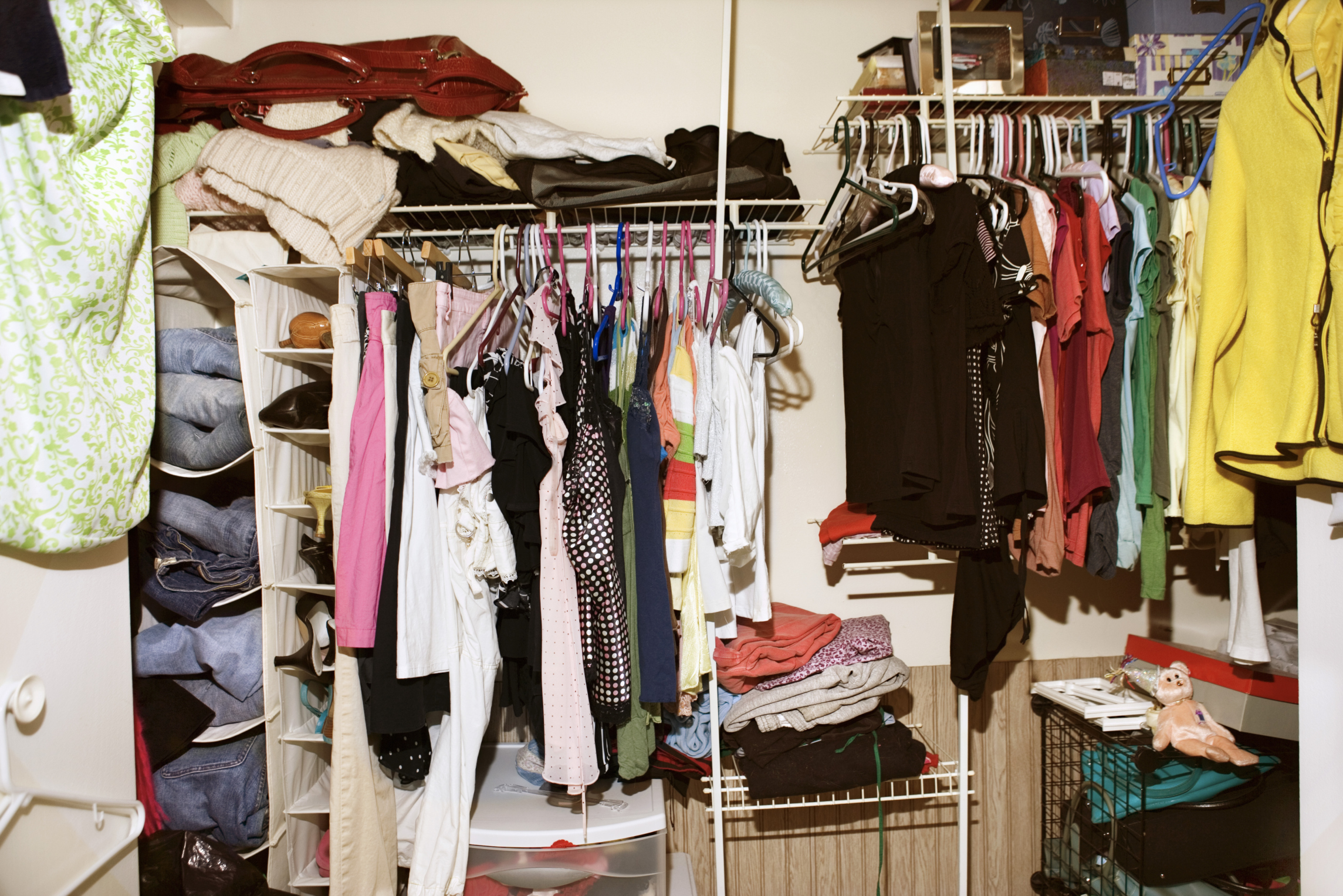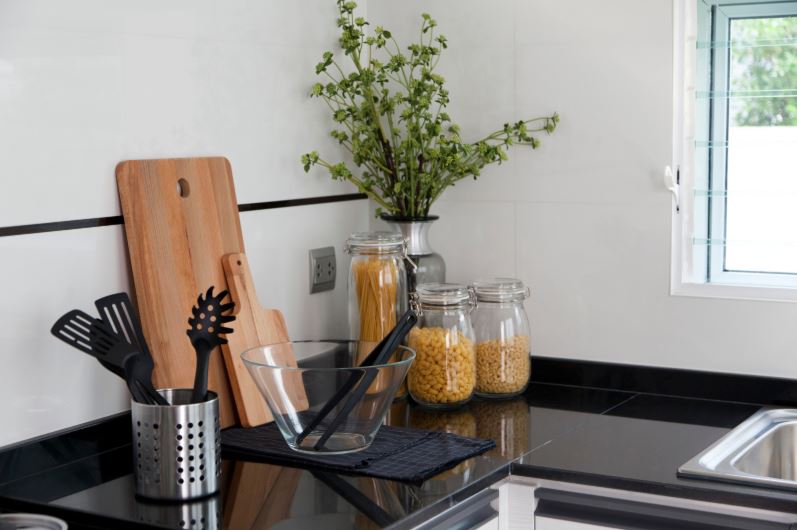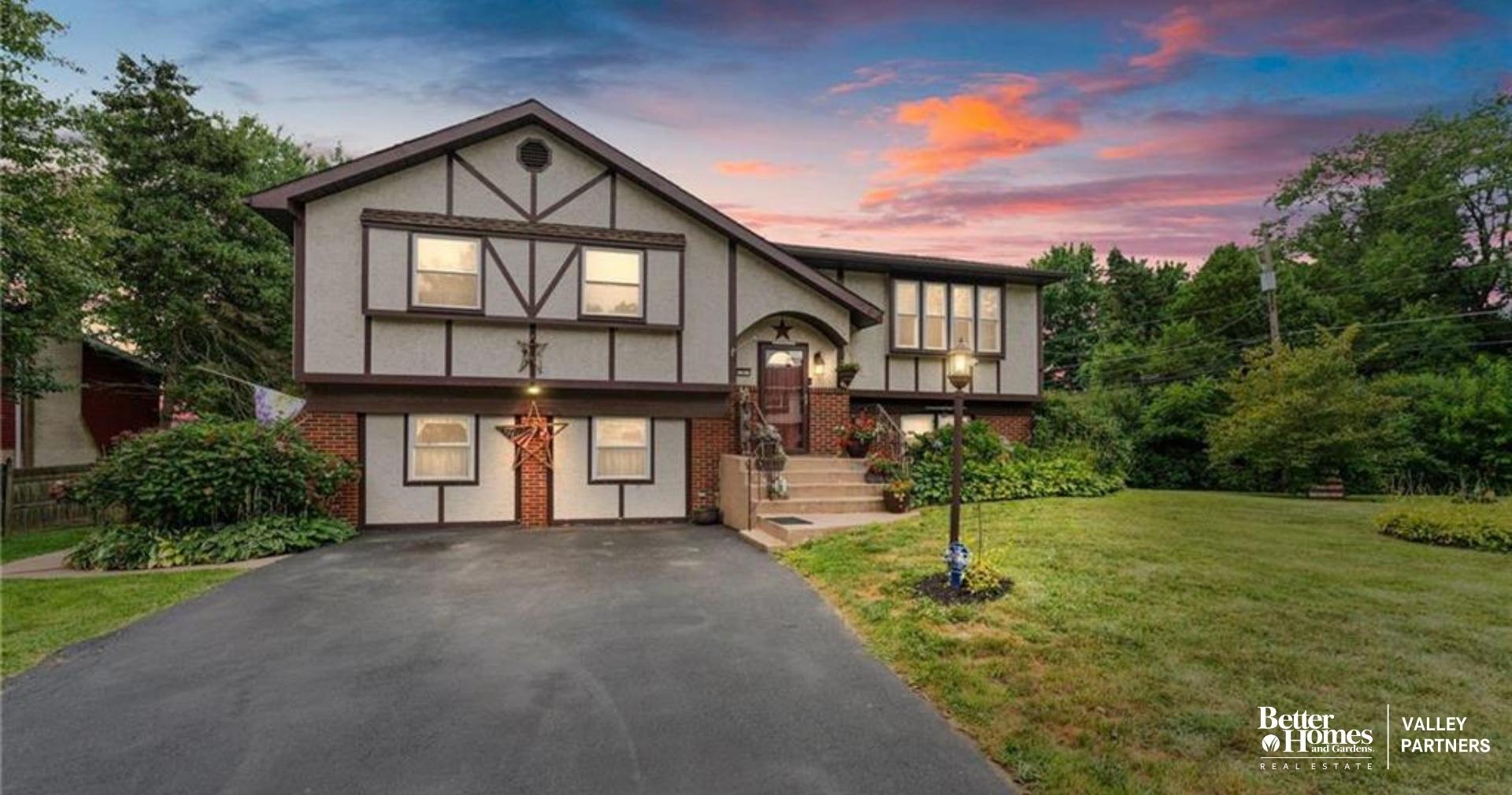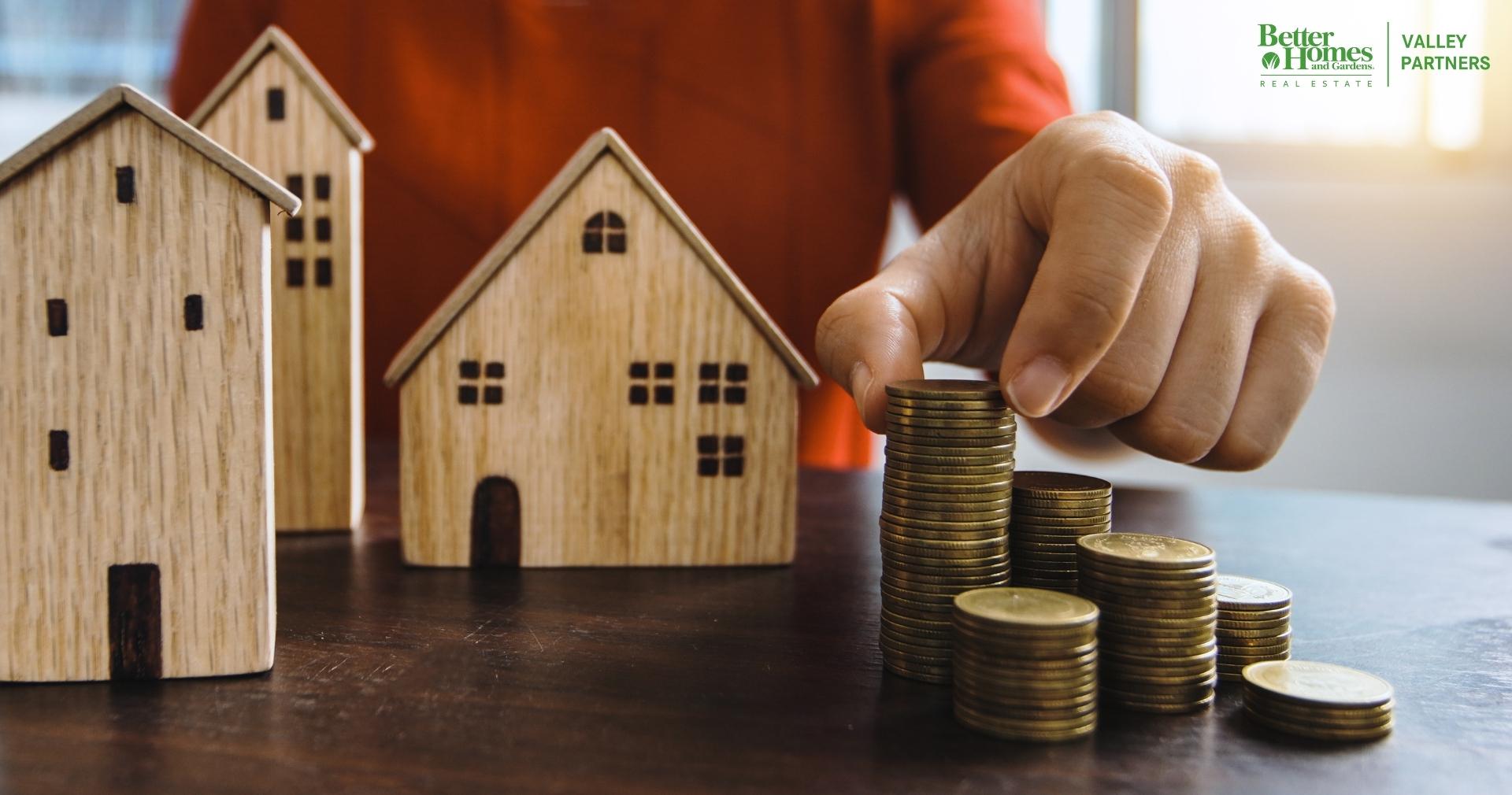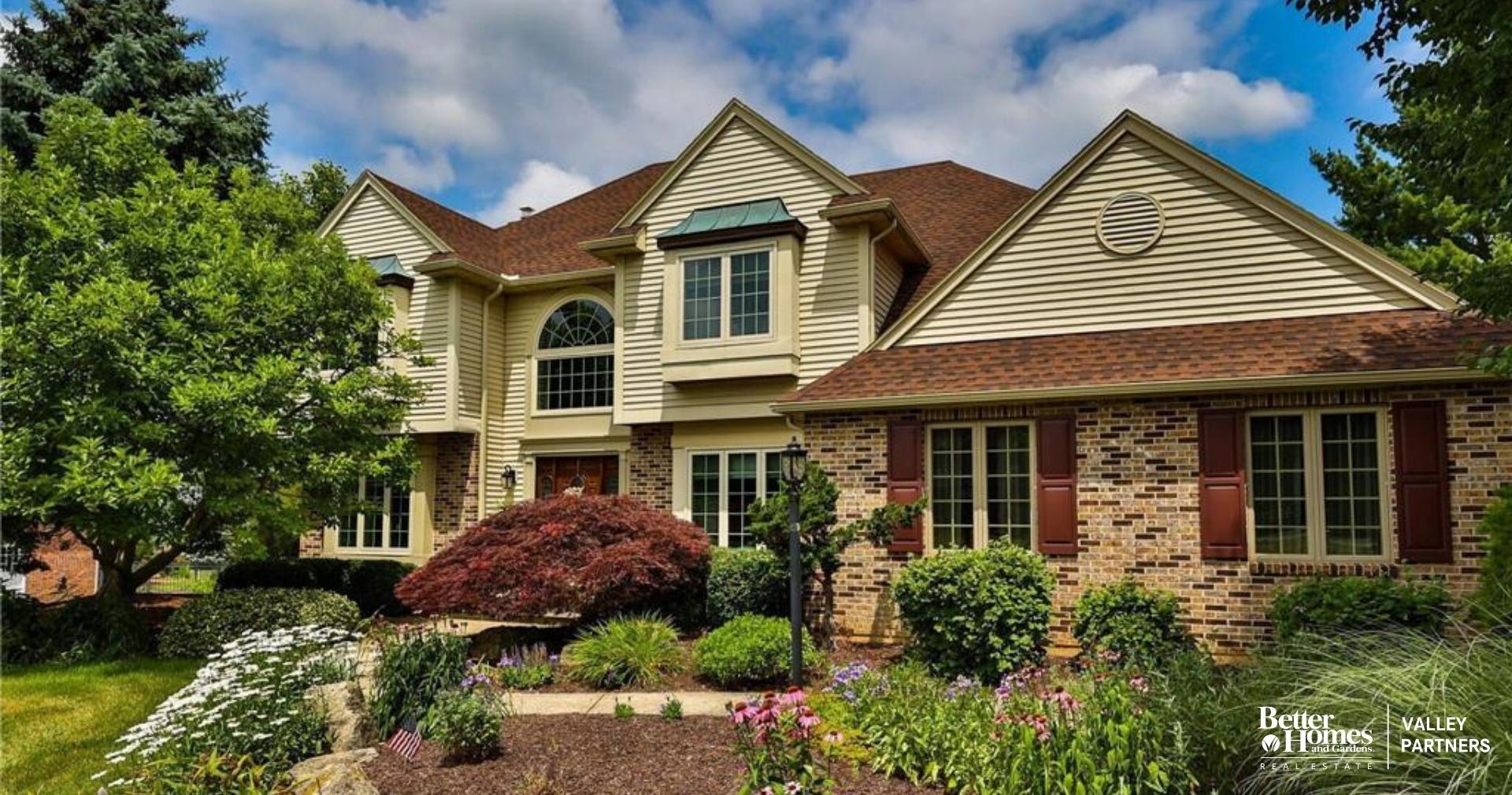There’s a reason why people love looking at photos of homes for sale — it’s rare that we get to see a place look it’s very best, and scrolling through gorgeous room after room helps serious buyers see themselves settling down in those very rooms.
But as any seller (or photographer) can attest, getting a home ready for its close-up (also known as “staging”) is not easy and is definitely not always fun. It involves a ton of cleaning, some furniture removal (or placement), a plethora of attention to detail, and usually a lot of light. This is why professional stagers charge hundreds (sometimes thousands) of dollars for their services.
If hiring a stager isn’t in your budget or you’re simply more of a do-it-yourself type, consider taking advantage of these relatively quick and easy methods for helping your soon-to-be-sold home appear shiny and new.
1. Clean, clean, clean, clean, clean
Even if you follow every other tip on the list to an exacting standard, if your home isn’t clean, you won’t be reaping all of the benefits that staging could generate for you. There are two big steps to cleaning for staging:
- Decluttering your home
- Deep cleaning everything … everything
First is the clutter. This might be a good time to join the neighborhood garage sale or arrange for your sister-in-law whose kids are a few years younger to come pick up all the hand-me-downs you’ve been promising. It always makes sense to start with things that you don’t want to pack up and move to a new location.
Don’t forget about the furniture — too much furniture in a room makes it look cramped and small, so remove what you don’t need.
Resist the temptation to box everything up and stash it in one room, the garage, a basement, or an attic — unless it’s not your room. Buyers are going to want to open doors, cabinets, and drawers, and peer into closets and utility rooms, so if you want your home to look its best, you need to keep those areas neat, too.
Some sellers rent storage facilities during the process, and that’s always a possibility, too. If you have family or good friends in the area who can take some of the larger items for you, then you might be able to get a smaller storage unit. (Make sure to pay your loved ones back with a gift or thoughtful gesture when the home is sold!)
When the surfaces are clear and your surroundings are feeling more vacation-home than lived-in, it’s time to deep clean those surfaces. Scrub the inside from ceiling to floors; wash your windows; consider power-washing the outside to brighten it up. Plant new flowers, keep your sidewalks and walkways clear and weed-free, and set some inviting chairs with fluffy cushions on your (freshly polished, cobweb-free) front porch.
Once the decluttering is done, it’ll be much easier to get everything looking shiny and new — and easier to hire help, too — so make sure to tackle this step first.
2. Light up
If you haven’t changed a light bulb in a while, then you might be surprised by how much brighter they’ve gotten — or what a difference a bright bulb can make in a room that you thought was naturally dreary and dim. Changing out your bulbs can be a quick way to give your entire home a quick lift, brightening up every room and helping potential buyers see exactly how well-maintained those original wood floors are, and examine the crown molding close up.
Experts suggest that you obtain 100 watts of lighting for every 50 square feet in your home, and consider using three different types of lighting (not just overhead lighting) to get there. Overhead or ambient lighting is important, of course, but accent lighting (on walls and tables) and task lighting (reading or under-cabinet lights) will help showcase your space in all its glory.
3. Rearrange with an eye for balance
Most of us don’t live in perfectly symmetrical surroundings, but if there’s a way to achieve it with your furniture, then it’s worth it to try — at least for the photos. Try to balance any shelves, counters, and mantelpieces in the same way, with an eye for highlighting the accessories that will help make your home look like a retreat from a messy world.
You can do the same thing with area rugs and artwork. Arrange your floor and wall coverings to draw the eye down the halls and through the house, which will give touring buyers a pleasant sense of welcome and discovery.
4. Organize and energize
There are always going to be parts of your house that are made to hold “stuff” — but you can make that stuff look presentable with a little bit of organization.
Some decluttering and color-blocking on your bookshelves can make the display draw the eye instead of distracting from the rest of the room, for example. Kids’ and pets’ toys are another opportunity to organize and beautify with a decorative box or basket, or a fun shelving unit that holds everything with style.
Straighten your shoes on the closet floors and neaten up the hanging areas, then open up the doors when you leave for a buyer’s tour. They’ll enjoy the welcoming feeling of the open doors (and you know they were going to open them up, anyway).
5. Polish up the appliances
If you can afford it, new appliances in the kitchen can go a long (long!) way toward helping a buyer fall in love with the heart of the house. New appliances tend to help generate high returns for sellers, so depending on the condition and upgrades in the rest of your home, you might want to consider it — you might be able to find some good deals on floor models or end-of-season sales, too.
If not, help your appliances look their best by using stainless steel polish, glass polish, or whatever else you might need to help regenerate the shine on your stove.
You don’t need to take all these tips when staging your home — but don’t ignore them all when you’re selling, either. Taking the time to pay a little bit of attention to staging before a buyer even sees the place can reap big rewards at the closing table.




 Facebook
Facebook
 X
X
 Pinterest
Pinterest
 Copy Link
Copy Link
